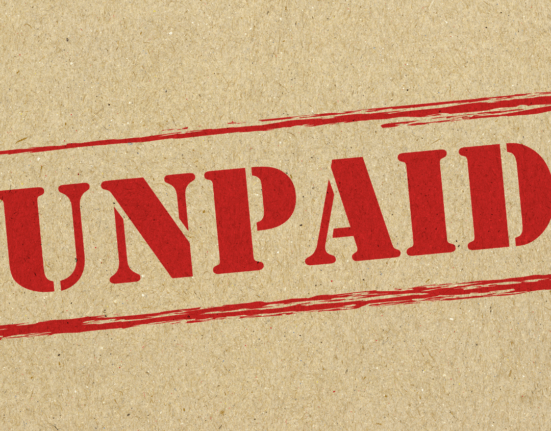Setting prices for your products or services is never easy. Too many businesses struggle to settle on a price that’s both profitable and competitive. Unfortunately, most business owners think that if they set their prices low, they’ll attract customers. In reality, this approach can harm business more than it helps. If you’re struggling to determine the right price for your products or services, read on to learn why setting low prices can be a mistake.
Low Prices = Low Quality
When you offer your products or services at a lower-than-market price, it’s natural for customers to assume that you’re cutting corners somewhere. They may assume that your product is poorly made or that your service is subpar. Low prices may attract a certain type of customer, but it can also drive away customers who are willing to pay more for a higher quality product or service.
It’s Hard to Raise Prices Later
If you start with a low price, it can be difficult to raise your prices later. Once your customers have gotten used to paying a certain price for your product or service, they’ll be resistant to paying more. So, if you start with a low price, you may be stuck with it forever.
It can be Hard to Break Even
Setting your prices too low can actually mean you’re losing money. If your prices don’t cover your costs, you’ll be making a loss on every sale. This can be especially harmful to small businesses that can’t afford to lose money or break-even points.
The Importance of Value Proposition
Your pricing should depend on the value that you add to your customers. If you add more value than your competition, you should be able to charge a higher price. So, instead of undercutting the competition, focus on what sets you apart. Identify the areas where you excel and communicate that to your customers.
The Benefits of Pricing Higher
Pricing higher can have a lot of benefits, including positioning your business as a premium brand, attracting higher-quality customers, and making your business more profitable overall. However, pricing your products or services too high is also a mistake. You don’t want to price yourself out of the market, but you do want to place yourself in a position where you’re offering real value to your customers.
Setting prices can be an extremely complicated process, with many variables to consider. Ultimately, every business and product is different, and there is no one-size-fits-all solution. However, you should always remember that pricing should reflect your business’ value proposition. Pricing too low can hurt your brand image, making it hard for you to break even and hard to raise prices later, while pricing too high may drive potential customers away. Remember, pricing should be flexible and adaptable, depending on your business’ goals and objectives.
Here’s a Step by Step Guide to Setting Your Prices
- Understand Your Costs: Before you can set a price, you need to understand how much it costs to produce your product or service. This includes everything from raw materials to labor costs and overhead expenses. Document all your expenses and calculate the total cost of production.
- Know Your Market: Research your competitors and understand the pricing landscape. Knowing what your competitors charge for similar products or services will help you determine a competitive yet profitable price point.
- Determine Your Value Proposition: What sets you apart from competitors? This unique value proposition should be reflected in your pricing. If the value you provide is significantly higher than the competition, you can justify charging more.
- Consider Your Target Customers: Who is your ideal customer, and what are they willing to pay for your product or service? Conduct market research, including surveys and focus groups, to get a sense of your customers’ price sensitivity.
- Test and Adjust: Finally, remember that pricing isn’t static. Test different price points, monitor sales and customer feedback, and be ready to adjust your prices as necessary. Use A/B testing methodologies to test different price points and find the optimal price that maximizes profits without deterring customers.
Related articles:
Don’t make your prices too high
Start Selling Is What Every New Entrepreneur Needs To Do – Kevin Plank, Under Armour
Stop Running Your Business Like a Hobby If You’re an Entrepreneur(Opens in a new browser tab)
Everything Is Negotiable – Get Better Pricing and Save Money(Opens in a new browser tab)







